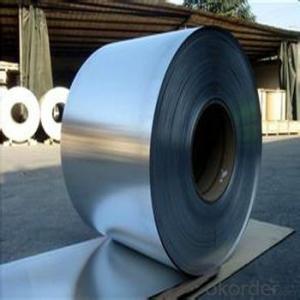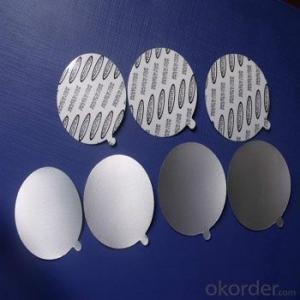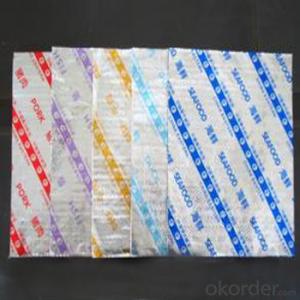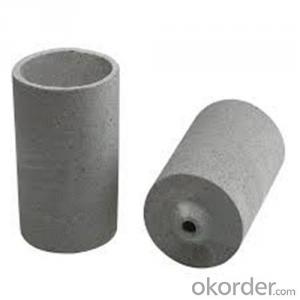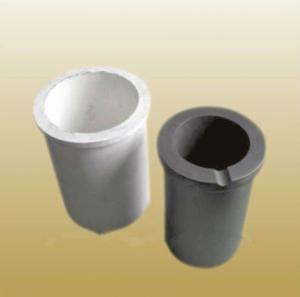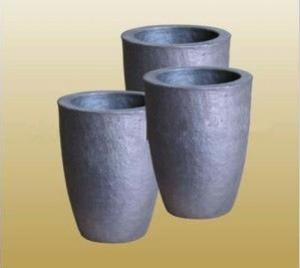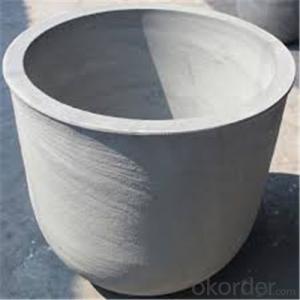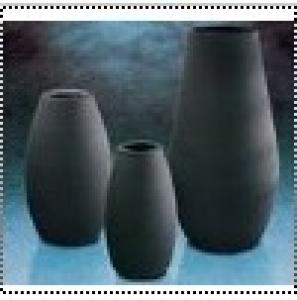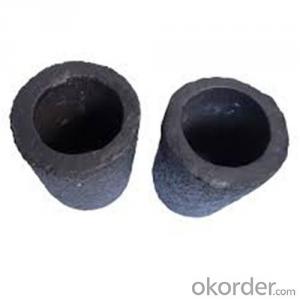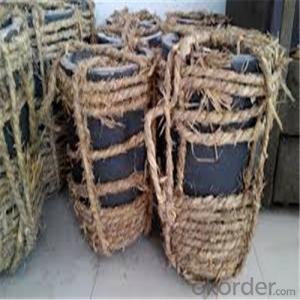Melting Aluminum Foil
Melting Aluminum Foil Related Searches
Led Light Bulbs For Ceiling Fixtures Led Lamps For Ceiling 42 In Ceiling Fan With Light Aluminum Coil Stock For Gutters Aluminum Foil For The Grill Hole Saw For Aluminum Plate Aluminum Tread Plate For Trailer Bow Plate For Aluminum Boat Aluminum Foil For Grow Room Aluminum Foil For Joint PainHot Searches
Stock Price For Aluminum Aluminum Coil Stock For Sale Aluminum Gutter Coil For Sale Used Aluminum Scaffolding For Sale 1/4 Aluminum Plate For Sale Aluminum Bar Stock For Sale Aluminum Round Stock For Sale Aluminum Diamond Plate For Sale Aluminum Scaffolding For Sale Craigslist 6061 Aluminum Plate For Sale Aluminum Dock Plate For Sale 7075 Aluminum Plate For Sale Aluminum Tread Plate For Sale Aluminum Checker Plate For Sale Aluminum Plate For Sale Near Me Plate Aluminum For Sale Aluminum Plate For Sale Aluminum Square Stock For Sale Aluminum Flat Stock For Sale Billet Aluminum Stock For SaleMelting Aluminum Foil Supplier & Manufacturer from China
Okorder.com is a professional Melting Aluminum Foil supplier & manufacturer, offers integrated one-stop services including real-time quoting and online cargo tracking. We are funded by CNBM Group, a Fortune 500 enterprise and the largest Melting Aluminum Foil firm in China.Hot Products
FAQ
- The melting process is significantly influenced by the thickness of the graphite crucible walls. The walls' thickness determines both the crucible's heat transfer rate and overall efficiency. If the wall is thicker, it possesses greater thermal mass, enabling it to absorb and retain more heat. This proves advantageous in applications where a gradual and controlled heating or cooling process is desired. The increased thermal mass aids in stabilizing the temperature, preventing rapid fluctuations that can negatively impact the melting process. Alternatively, a thinner wall possesses less thermal mass and facilitates faster heat transfer. This proves beneficial when quick and efficient melting is required. The thinner walls allow for swifter heat transfer to the material being melted, resulting in shorter melting times and increased productivity. However, it is crucial to note that a thinner wall may be more susceptible to thermal stress and cracking due to the greater temperature differentials between the inner and outer parts of the crucible. This can potentially contaminate the melted material or even cause the crucible to fail. Moreover, the wall thickness affects the crucible's overall durability and lifespan. Thicker walls generally exhibit greater resistance to wear and tear, providing a longer operational life. This becomes particularly important in high-temperature applications where the crucible is exposed to extreme conditions. To summarize, the wall thickness of a graphite crucible directly impacts the melting process. Thicker walls provide improved temperature stability but may result in longer melting times, while thinner walls allow for faster heat transfer but may be more susceptible to thermal stress. Selecting the appropriate wall thickness depends on the specific requirements of the melting process and should be carefully considered to achieve optimal results.
- No, graphite crucibles are not suitable for melting radioactive materials. Graphite, being a conductor of heat and electricity, can react with certain radioactive elements and cause contamination. Specialized crucibles made from materials such as boron nitride or refractory metals are recommended for melting radioactive materials as they offer higher resistance to reactions and contamination.
- No, graphite crucibles cannot be used for semiconductor manufacturing. Graphite crucibles are commonly used in industries such as metallurgy and foundries for melting and casting metals due to their high thermal conductivity and resistance to high temperatures. However, in semiconductor manufacturing, the requirements are quite different. Semiconductor manufacturing involves highly controlled and precise processes, where contamination is a major concern. Graphite crucibles release carbon particles that can contaminate the semiconductor materials and affect their performance. Therefore, semiconductor manufacturing typically requires crucibles made from materials such as quartz or ceramic, which have low contamination levels and can withstand the high temperatures and chemical environments involved in the fabrication processes.
- What material can be used to build a furnace for intermediate frequency melting of aluminium bronze?
- Pingdu City Penghui crucible refractory equipment factory is good, you can try
- Yes, a graphite crucible can be used for zinc melting. Graphite has a high melting point and excellent thermal conductivity, making it suitable for containing and heating zinc to its melting point.
- Using a graphite crucible to melt plutonium is not possible. Plutonium, being a highly reactive and toxic element, demands specialized materials for safe containment. While graphite is commonly employed for melting metals due to its high melting point, it is unsuitable for handling plutonium due to the risk of reaction and contamination. When working with plutonium, it is crucial to utilize a crucible made from materials explicitly designed to endure its corrosive properties and prevent any chemical reactions that might jeopardize safety.
- How to reduce the degree of oxidation of graphite when sintering at high temperature?
- Classification and cleaning of waste miscellaneous graphite plate, and the large burden burden with large surface area is packed in a press;





















